You’re behind the wheel, maybe just heading to the store or on your way home, when suddenly the car doesn’t feel right. The acceleration drops. It’s slow to respond. Then a message pops up on your dashboard: reduced engine power.
It’s not a message most drivers are used to seeing, and it’s definitely not one you should ignore. You might still be able to drive, but is it safe to drive with reduced engine power? The short answer is: not for long. The warning means your car has detected a problem, and it’s trying to limit further damage by holding back performance. That’s your sign to pay attention — not panic, but act quickly.
Why Does the Reduced Engine Power Light Come On?
When that message shows up, it’s your car’s way of saying something isn’t working right. Rather than letting the problem get worse, the car automatically slows itself down. There are a few reasons why this might happen:
- Throttle problems are one of the most common causes. If the throttle body (which controls how much air goes into the engine) is clogged or faulty, the engine doesn’t get the air it needs to run properly. So the system limits power to prevent damage.
- Then there are sensor issues. Your car has dozens of them—measuring things like airflow, throttle position, and fuel balance. If one starts sending the wrong signal, the engine responds by cutting back.
- Wiring faults also come into play more than you might think. A frayed or corroded wire can mess with the signals the engine’s computer relies on. And when the system gets confused, it errs on the side of caution.
- It could also be fuel-related—a blocked injector, a weak pump, or dirty fuel lines can all affect how the engine runs. And again, instead of letting it overwork itself, your car holds back to stay safe.
- Sometimes, it’s deeper—something in the transmission or drivetrain might not be working right. The car detects the issue and reduces power to avoid making things worse.
No matter the reason, that message isn’t just a minor glitch. It’s the car’s way of protecting itself, and it’s giving you time to get it looked at before a small issue becomes a big one.
What Can Happen If You Keep Driving Like This?
If you’re wondering, can you drive with reduced engine power?, technically, yes—you probably can for a short distance. But it’s not ideal, and here’s why:
- First and most important, your safety is at risk. When your engine loses power, your car might struggle to speed up, which can be dangerous on highways or busy intersections. It’s not just about going slower—it’s about not being able to respond when you need to.
- It could make the problem worse. If something is clogged, misfiring, or overheating, continuing to drive might push that part past its limit. A warning light you could have fixed for a couple hundred dirhams can turn into a major repair bill.
- Fuel economy usually drops, too. A struggling engine tends to use more fuel, and that means extra money at the pump without getting the performance you’re used to.
- Worst case? You could end up stuck. Maybe it drives fine for a few kilometres… until it doesn’t. And suddenly you’re pulled over with a car that won’t move and no idea how far help is.
- Plus, other parts of the car start taking the strain. If your engine is underperforming, your transmission, cooling system, and even your brakes may start working harder than they should.
So yes, it might still move, but if you keep pushing it, you’re risking more than just a delay—you could end up with a much bigger problem.
So, is it safe to drive with reduced engine power? Not really. It’s not an emergency that requires slamming on the brakes, but it is a clear warning that something needs attention. And fast.
That warning light is the car’s way of looking out for itself—and for you. Whether it’s a sensor, wiring issue, or something deeper, driving too far in that condition puts your safety and your engine at risk. If you see that alert, the best thing to do is head straight to a workshop or call for assistance.
Remember: even if the car still runs, engine power is reduced for a reason. Treat it as a heads-up, not a suggestion. A quick response now could mean avoiding a much bigger problem later—and getting safely back on the road sooner.
FAQ
Can I reset reduced engine power myself?
In some cases, yes—you might be able to reset the warning temporarily by turning the car off and restarting it. But that doesn’t solve the real issue. The engine power is reduced warning comes on for a reason, and until you fix the underlying problem (like a faulty sensor or wiring issue), it’s likely to come back. If it keeps appearing, it’s best to have your car diagnosed by a professional at Redfox.
Can I still drive with reduced engine power light on?
You can drive for a short distance if your car feels stable, but it’s not something you should rely on. When the reduced engine power light is on, your car is warning you that it’s not performing safely. It’s best to avoid long drives or busy roads until you get it checked out. Continuing to drive could cause a breakdown.
How far can I drive in reduced engine power mode?
There’s no exact distance—some cars might go a few kilometers, others might shut down sooner. The safest answer is: only far enough to get to a mechanic. The further you push it, the higher the risk of breakdowns or further damage to the engine and surrounding systems.
Does reduced engine power mean my engine is damaged?
Not necessarily. The engine power is reduced warning doesn’t always mean your engine is broken—it means your car has detected a problem and is limiting power to prevent damage. It could be a sensor, air intake issue, or something minor. But if ignored, a small issue can lead to actual engine damage, so it’s smart to get it looked at early.
Will my car enter limp mode with reduced engine power?
Yes, in many cases, the reduced engine power warning means your car has entered what’s known as limp mode. This is a built-in safety feature that limits speed and power so you can drive to a repair shop without causing more harm. It’s not designed for regular driving—just as a temporary measure until the issue is fixed.

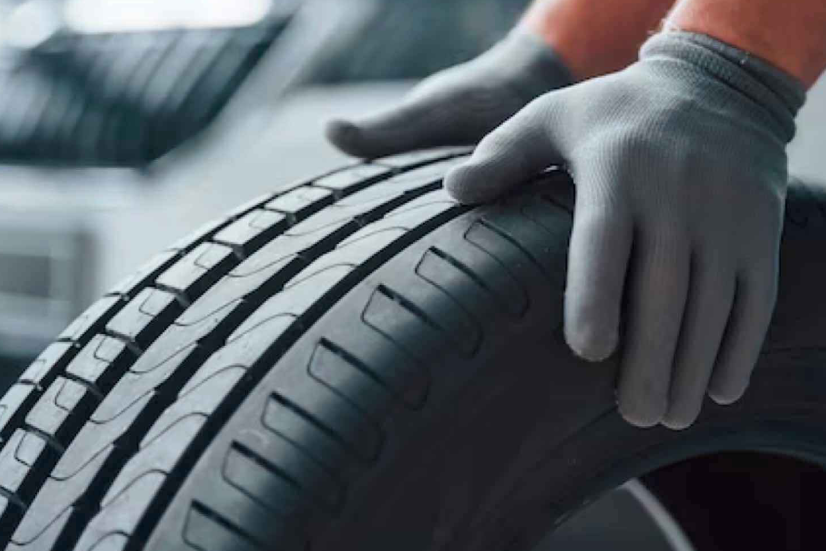 10 Proven Tips to Make Your Car Tyres Last Longer
10 Proven Tips to Make Your Car Tyres Last Longer The Advantages of Choosing Paintless Dent Repair
The Advantages of Choosing Paintless Dent Repair Rolls-Royce – Most Common Faults and How to Keep Yours in Perfect Condition
Rolls-Royce – Most Common Faults and How to Keep Yours in Perfect Condition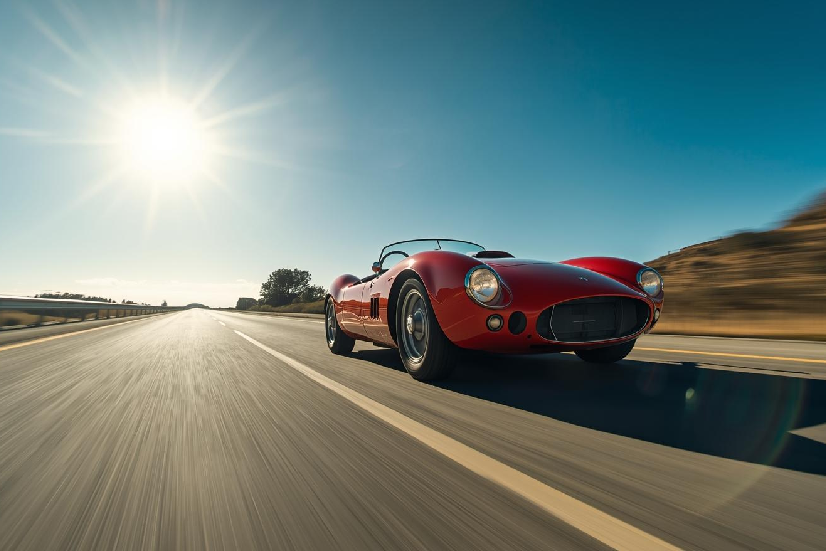 Bentley – Most Common Faults and How to Prevent Them
Bentley – Most Common Faults and How to Prevent Them 5 Proven Ways to Remove Tree Sap From Your Car Without Damaging the Paint
5 Proven Ways to Remove Tree Sap From Your Car Without Damaging the Paint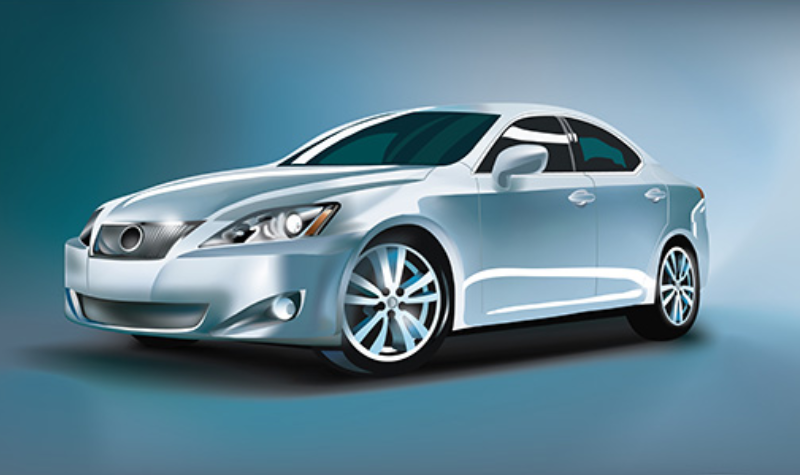 Discover the Most Typical Issues with Lexus Cars
Discover the Most Typical Issues with Lexus Cars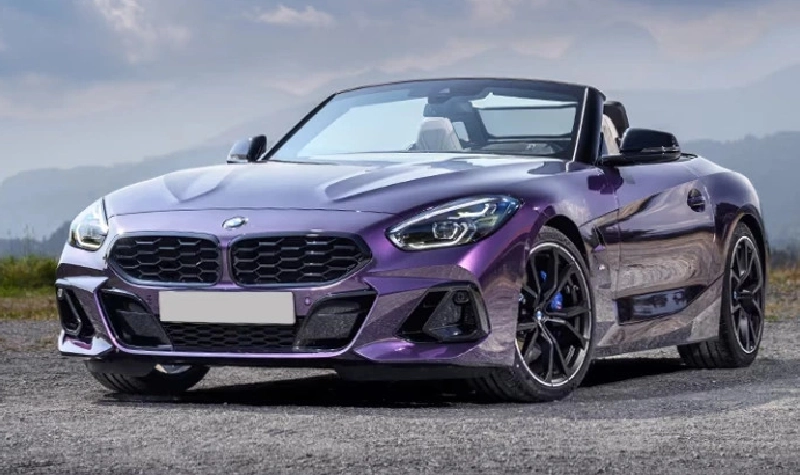 What are the Common BMW Issues and How to Fix Them?
What are the Common BMW Issues and How to Fix Them?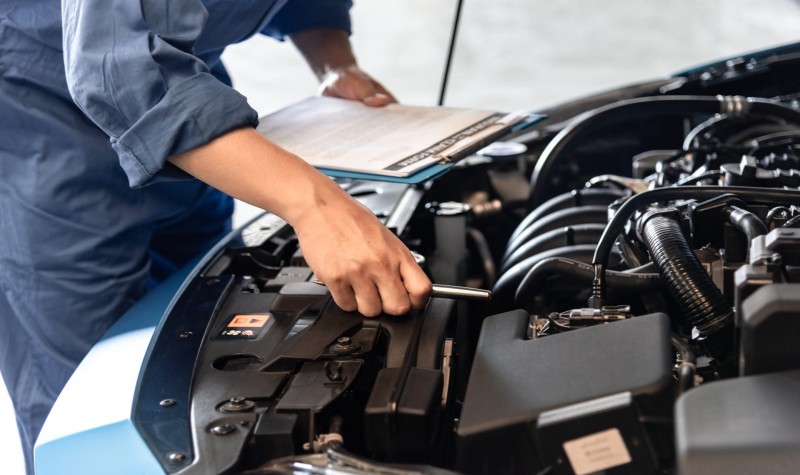 Engine Seized or Locked Up? Here’s What You’re Really Dealing With
Engine Seized or Locked Up? Here’s What You’re Really Dealing With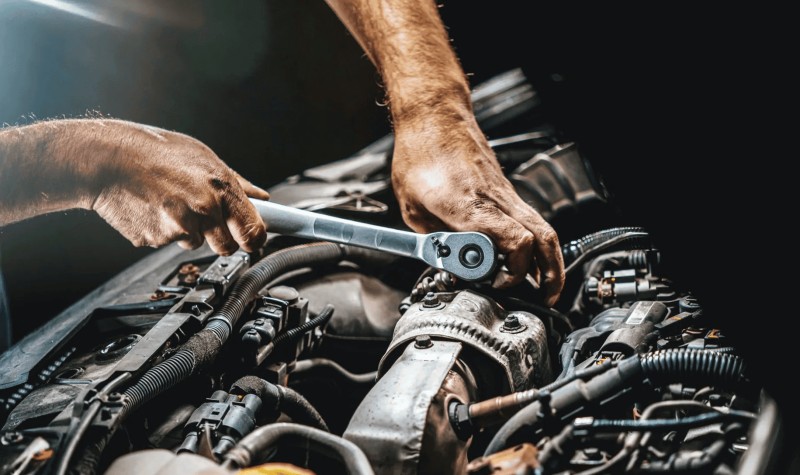 Is It Safe to Drive with Reduced Engine Power?
Is It Safe to Drive with Reduced Engine Power?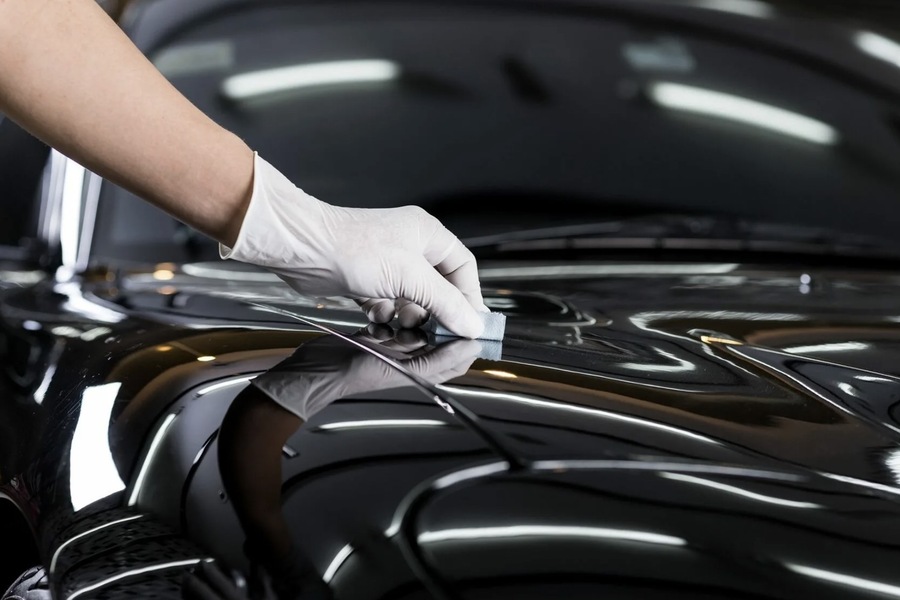 What Type of Car Paint Protection Is Best in Abu Dhabi? | Ultimate Guide
What Type of Car Paint Protection Is Best in Abu Dhabi? | Ultimate Guide How Does Ceramic Coating Protect Your Car’s Paint?
How Does Ceramic Coating Protect Your Car’s Paint? 5 Most Common Oil Mistakes That Might Ruin Your Car
5 Most Common Oil Mistakes That Might Ruin Your Car When Should You Replace Your Tires? Warning Signs You Shouldn’t Ignore
When Should You Replace Your Tires? Warning Signs You Shouldn’t Ignore Common Range Rover Problems and How to Fix Them
Common Range Rover Problems and How to Fix Them How Weather Conditions Affect Your Car Battery and How to Protect It?
How Weather Conditions Affect Your Car Battery and How to Protect It? Why Brake Fluid is Essential for Your Car’s Safety in Ras Al Khaimah
Why Brake Fluid is Essential for Your Car’s Safety in Ras Al Khaimah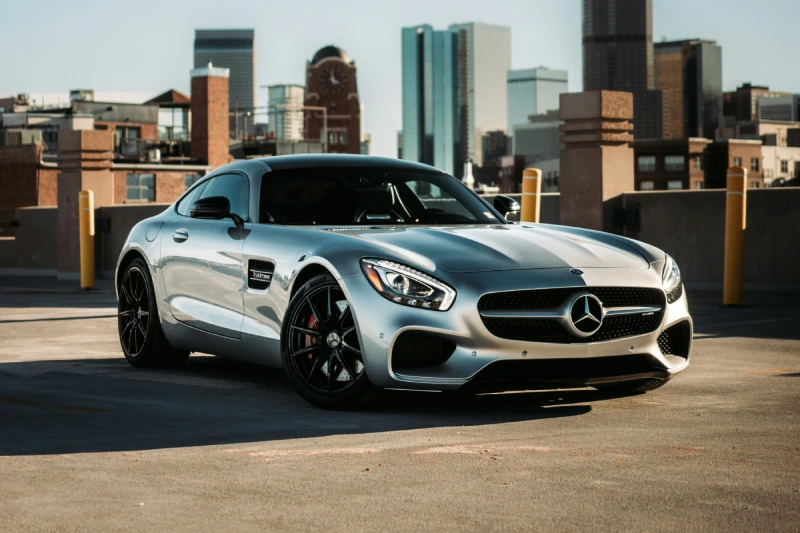 Mercedes-Benz Engine Repair: Common Issues and How to Fix Them
Mercedes-Benz Engine Repair: Common Issues and How to Fix Them Top Signs Your Car AC Needs Immediate Repair in Abu Dhabi
Top Signs Your Car AC Needs Immediate Repair in Abu Dhabi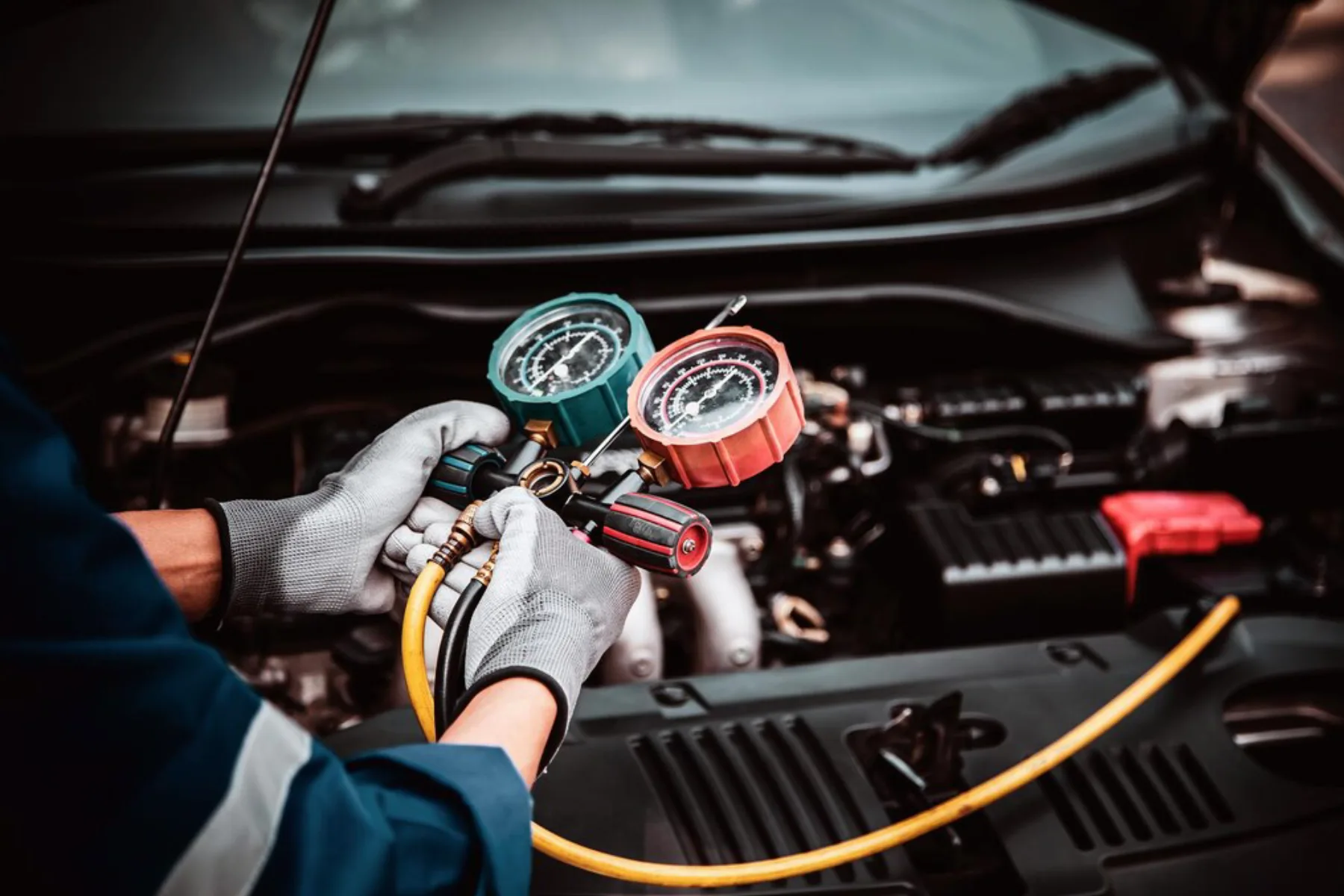 The Ultimate Guide to Car AC Repair: Everything You Need to Know
The Ultimate Guide to Car AC Repair: Everything You Need to Know How to Find a Reliable Car Garage Near Me in Abu Dhabi
How to Find a Reliable Car Garage Near Me in Abu Dhabi Why Car Detailing is Essential in Ras Al Khaimah
Why Car Detailing is Essential in Ras Al Khaimah Windscreen Repair vs. Windscreen Replacement: Which One Do You Need?
Windscreen Repair vs. Windscreen Replacement: Which One Do You Need? Top Signs Your Car Battery Needs to Be Replaced
Top Signs Your Car Battery Needs to Be Replaced The Importance of Regular Tire Maintenance: Tips and Tricks
The Importance of Regular Tire Maintenance: Tips and Tricks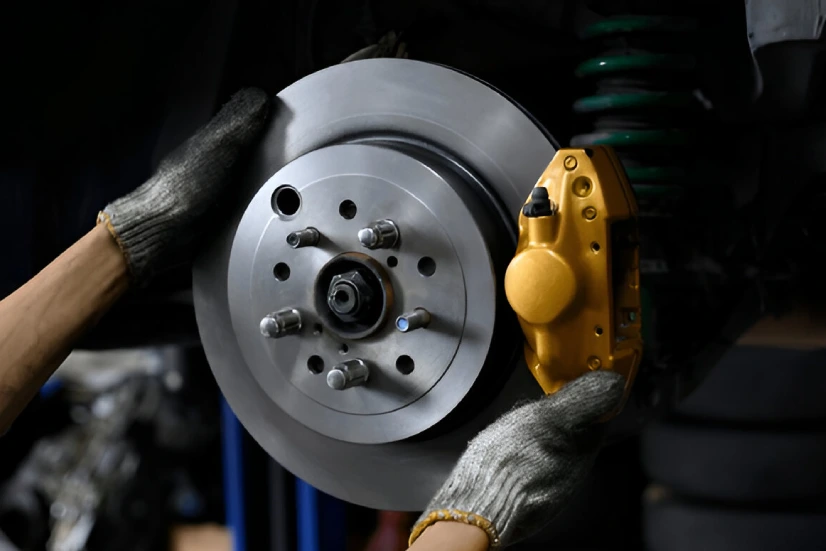 Understanding Brake Issues: When to Repair or Replace Your Brakes
Understanding Brake Issues: When to Repair or Replace Your Brakes What Can One Expect During a Full Vehicle Inspection?
What Can One Expect During a Full Vehicle Inspection?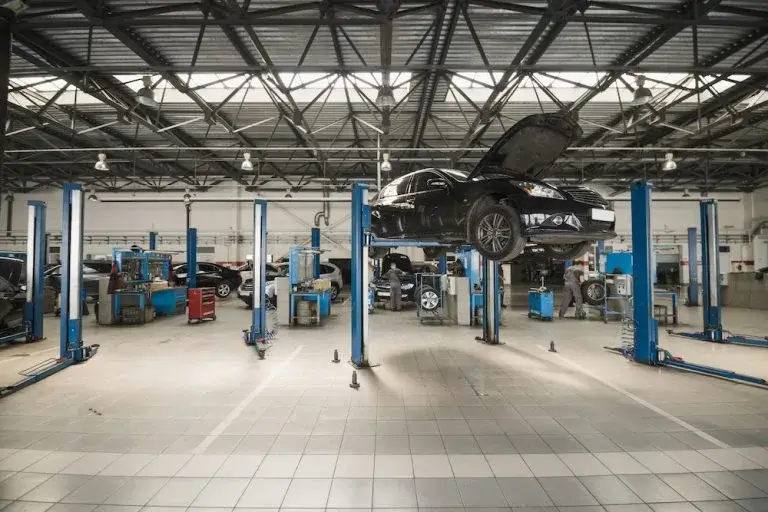 Top-Rated Car Garages in Ras Al Khaimah: A Comparative Guide
Top-Rated Car Garages in Ras Al Khaimah: A Comparative Guide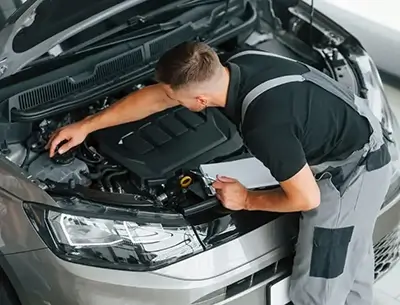 5 Common Engine Problems and How to Fix Them: A Guide for Car Owners
5 Common Engine Problems and How to Fix Them: A Guide for Car Owners Signs You Need to Take Your Car to the Mechanic
Signs You Need to Take Your Car to the Mechanic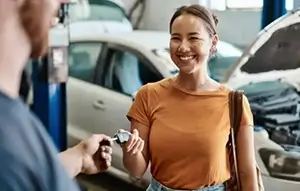 Exploring Unusual Smells in Cars: A Guide to Identifying and Resolving Odors
Exploring Unusual Smells in Cars: A Guide to Identifying and Resolving Odors Bespoke Care for Your Range Rover: Understanding the Importance of Regular Service
Bespoke Care for Your Range Rover: Understanding the Importance of Regular Service Quick Tips for Finding the Best Car Mechanic Near You
Quick Tips for Finding the Best Car Mechanic Near You Choosing the right car repair workshop: Factors to consider
Choosing the right car repair workshop: Factors to consider Expert Car Mechanics Near Me: How to Identify Skill and Experience
Expert Car Mechanics Near Me: How to Identify Skill and Experience The Benefits of Regular Car Servicing for Optimal Performance and Safety
The Benefits of Regular Car Servicing for Optimal Performance and Safety Trusted Car Garages Near Me: How to Avoid Shoddy Repairs
Trusted Car Garages Near Me: How to Avoid Shoddy Repairs Preventing Costly Repairs with Routine Car Maintenance and Inspections
Preventing Costly Repairs with Routine Car Maintenance and Inspections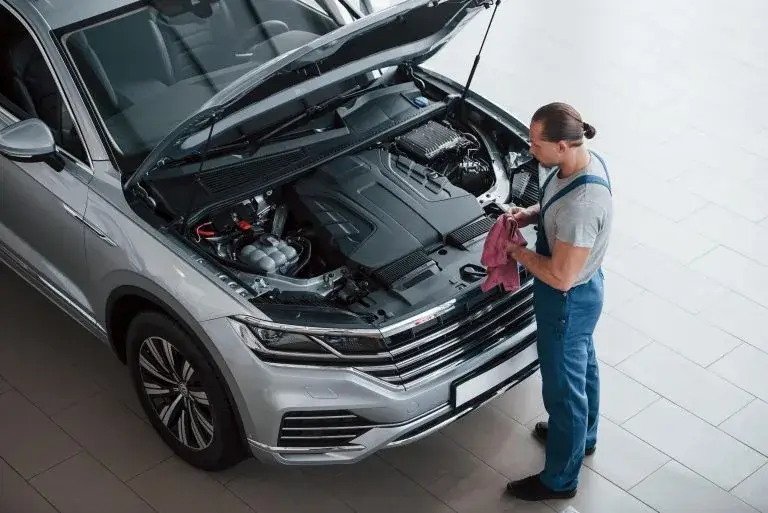 Navigating the Car Repair Industry: How to Find Honest and Affordable Services
Navigating the Car Repair Industry: How to Find Honest and Affordable Services Understanding the Basics of Car Maintenance and Repair for Vehicle Owners
Understanding the Basics of Car Maintenance and Repair for Vehicle Owners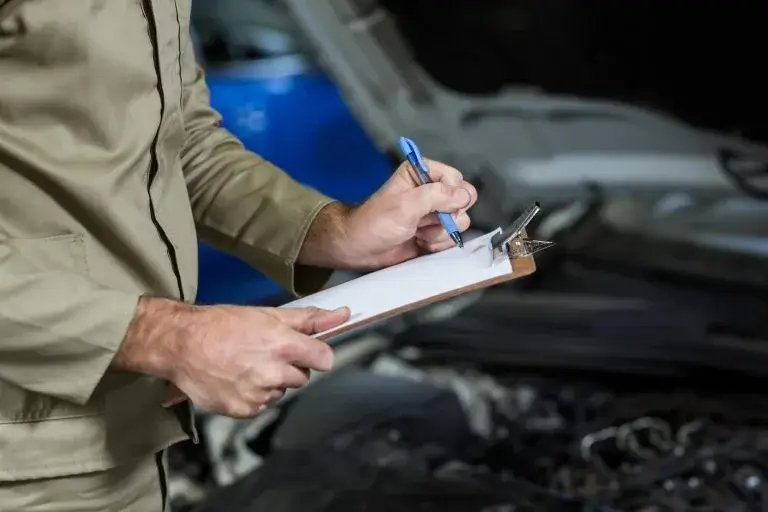 Why regular car servicing is crucial for long term vehicle health?
Why regular car servicing is crucial for long term vehicle health?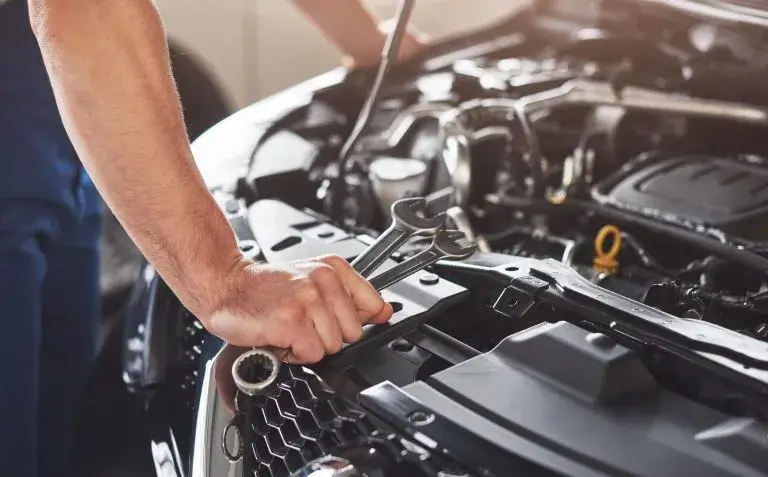 Maximizing the Lifespan of Your Vehicle with Routine Car Maintenance
Maximizing the Lifespan of Your Vehicle with Routine Car Maintenance The importance of Pre-purchase car inspections: Don’t buy a lemon
The importance of Pre-purchase car inspections: Don’t buy a lemon